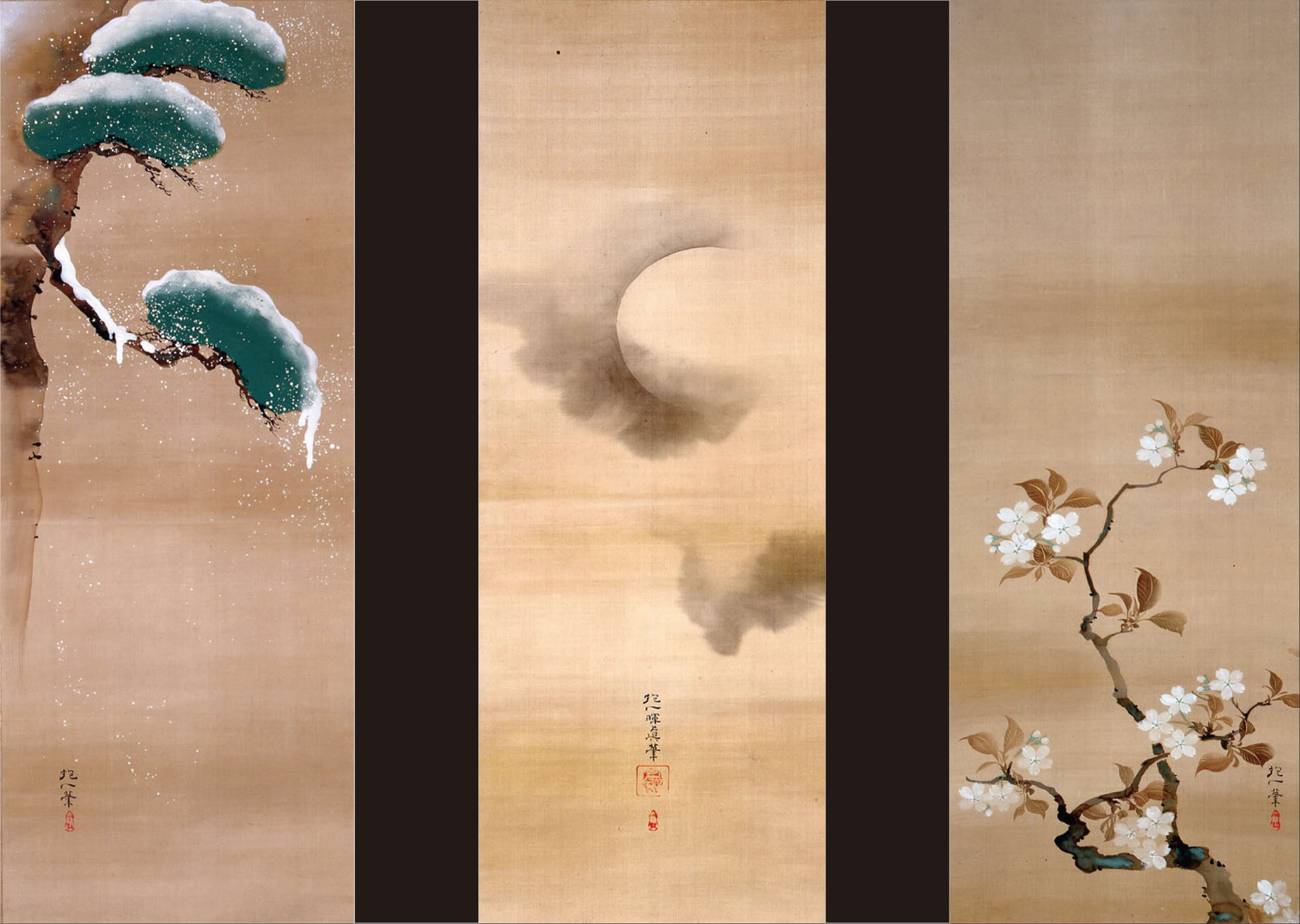Ma
The bond between Kazuo Shinohara’s work and Shodo
DOI:
https://doi.org/10.18861/ania.2021.11.2.3132Keywords:
Void, ma, shodo, Kazuo Shinohara, duality, full-void, wasted space, art, compositional logic, spatial tension, degrees of compartmentalizationAbstract
In Japan, traditionally, the arts as painting, music, theatre and, exceptionally calligraphy –shodo-, share an essential constant: not-being as compositional agent opposed to being. In terms of materiality, this can be expressed by interdependent duality between fullness and emptiness. Japanese term ma implies this void in itself –as interval-, as well as the simultaneous awareness of both: full and void. Its linkage with spatial perception has been an object of interest over the last decades. Nevertheless, statements regarding the materialization of ma through physical construction are scarce. For that reason, this research pursues the decryption of the means by which this duality emerges in architecture.
For that purpose, two works projected by Kazuo Shinohara, well known advocate of traditional Japanese architectonic essence and of the artistic status of the house, will be analysed. The investigation focuses on the plans of Umbrella House and House in a Curved Road, which have been redrawn specifically, employing a binary code in order to distinguish full, in black, from void, in white.
From the results obtained, it is inferred that Shinohara intentionally condenses household activities, releasing the remaining interior space from partitioning and thus generating a large void space inside which isolated structural elements arise to create spatial tension through the inconstant distances between them and the enclosure.
Both strategies –the varying degrees of compartmentalization, and thus of fullness condensation, just as the void tensioning due to isolated elements- are equally visible in shodo works. And, despite the underpinning differences between these two disciplines, beyond being a haphazard coincidence, these similarities point to a common compositional logic that finds its core at the configuration of ma.
Downloads
References
Calduch, J. (2001). Temas de Composición Arquitectónica: Espacio y Lugar. Editorial Club Universitario.
Daniell, T., Weaver, T., Cook, P., & In Handelman, S. (2018). An anatomy of influence.
Jacquet, B. (2006). The Influence of Milieu in the Residential Architecture of Shinohara Kazuo. Journal of Asian Architecture and Building Engineering 5.1. 15-20. doi:10.3130/jaabe.5.15
Massip-Bosch, E. (2016). Emotion devices. The role of concrete frame structures in the architecture of Kazuo Shinohara. EN BLANCO. Revista de Arquitectura 8.20. 66-74. doi:10.4995/eb.2016.5257
Massip-Bosch, Enric. (2016). Five forms of emotion: Kazuo Shinohara and the house as a work of art [Tesis de doctorado, Universitat Politècnica de Catalunya] TDX - Universitat Politècnica de Catalunya.
Nakashima, T. (2007). The synergy of positive and negative space in Japanese calligraphy. J. Kinki Health Welfare Univ 8. 113-119.
Nitschke, G. (1993). From Shinto to Ando: studies in architectural anthropology in Japan. Academy Editions.
Nitschke, G. (1966). 'MA':The Japanese sense of Place. Architectural Design 36. 116-156.
Nute, K. (1999). ’Ma’ and the Japanese sense of place revisited: by way of cyberspace. Online proceedings of the Third International Symposium on Asia Pacific Architecture. Challenging New Technologies to Fulfill the Human Spirit. 7 (no. 9).
Preciado Idoeta, I. (2006). Tao Te Ching, Los libros de Tao. Editorial Trotta.
Saito, K. E. (2014). Arquitectura y ambiente. Una mirada renovada sobre los conceptos Ku, Oku y Ma. Kokoro: Revista para la difusión de la cultura japonesa 14. 2-13.
Sato, S. (2014). The Quiet Art of Japanese Zen Calligraphy, Learn the Wisdom of Zen Through Traditional Brush Painting. Tuttle Publishing.

Published
How to Cite
Issue
Section
License
Copyright (c) 2021 Mónica Verdejo Ruiz

This work is licensed under a Creative Commons Attribution 4.0 International License.
The journal and its contents are licensed under the Creative Commons - Attribution 4.0 International License (CC BY 4.0). It is possible to copy, communicate and publicly distribute its content as long as the individual authors and the name of this publication are cited, as well as the publishing institution (Universidad ORT Uruguay).

